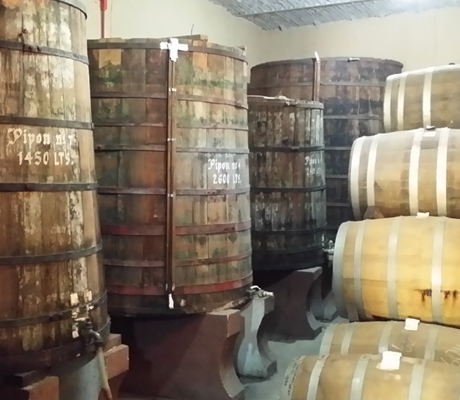By Chris Simmons
Agave’s journey from the field to your glass is one of time, dedication and craft. From the moment it sees its first ray of sun, it will endure a near decade-long journey in order to be turned into Mexico’s most beloved spirit.
From the beginning, a Blue Weber agave’s life is carefully charted. Baby plants, or hijuelos as they’re called in Spanish, emerge as tiny offshoots of their mother. They’ll often be allowed to grow for several months or even up to a year before being transplanted to their own space away from their mother plant.
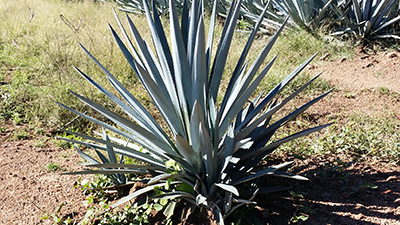
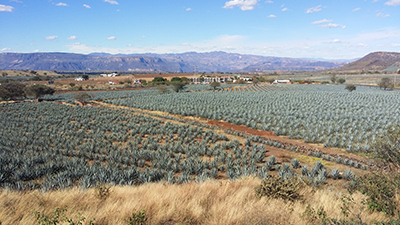
Needing roughly seven to ten years to mature, each plant must be hand-harvested by a jimador using a sharp tool called a coa. The work is physically demanding and often done by teams comprised of extended family members. As a trade handed down from generation to generation, a good team of jimadors is an essential aspect of the business.
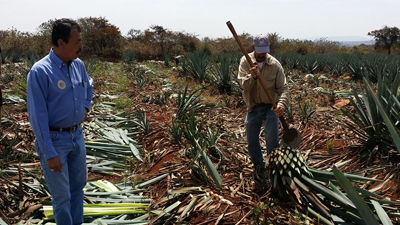
After the agave is harvested and shipped to the distillery, it is cooked in either a traditional brick oven for as long as 24-36 hours, or in a more modern autoclave for approximately 8-12 hours. Cooking is an important step in the process as it prepares the sugars within the agave for the next step of fermentation.
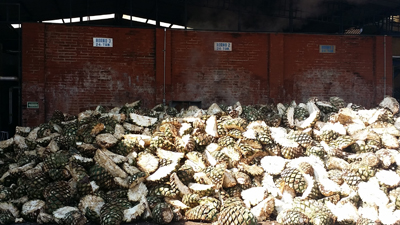
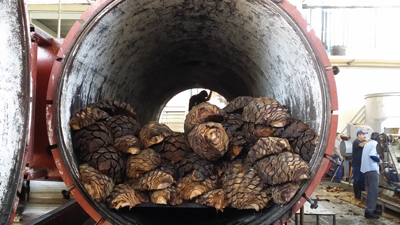
Once the agave has cooled, it is removed by hand then crushed to extract sugars from the fiber. In this stage, we again we see two different methods. The traditional stone tahona or the more modern roller mill.
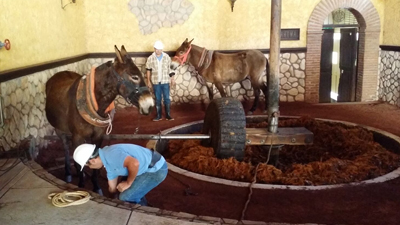
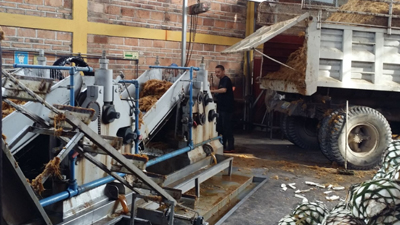
After the agua miel, or sweet “honey water”, is separated from the fibers during the milling process, the resulting liquid is placed in a large vessel for fermentation. Depending on the time of year, this process will generally take three to five days. It is during this stage that yeast eats sugar and coverts it to alcohol.
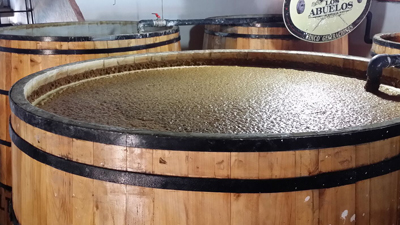
After fermenation when the liquid contains roughly 4% alcohol per volume, it’s time to send it to distillation. In either a traditional pot still or a more modern column still, the liquid will be heated to the point of evaporation then cooled and condensed back into a higher proof liquid.
Once the Tequila has been made, it will either be bottled as a blanco or placed into wooden barrels for aging. Most barrels used in the Tequila industry are repurposed ex-bourbon barrels from the United States. These barrels are made of oak and are especially effective in providing flavor, color and the softening effects of time on the Tequila.
After what can be years in a barrel, getting into a bottle is the final leg in Tequila’s journey. Once again, we see a wide range of methods used for this step. Smaller distilleries have very old and time consuming procedures for filling their bottles, while more modern distilleries have implemented automation.
Tequila has a long history of production and we see the evolution of methodology throughout the industry even today. As highlighted by this brief overview, there are many different techniques used to create the final product. Often these different methods are utilized even within a single distillery, allowing producers to create multiple brands under the same roof. The result is a spirit category rich with tradition, culture and variation that has only just begun to peak the world’s interest. The future of Tequila is as bright as its history is rich.
¡Salud!

